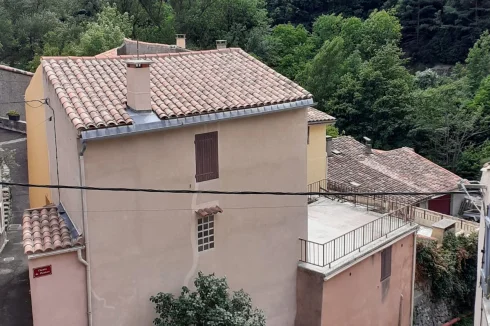Drinking Water Quality in France
Thursday 04 December 2014
Over 95% of the households in France have a water supply that complies with legal standards, although there remains some notable geographic disparities.
Not for nothing has the use of bottled water for consumption been widespread in France, as the level of water quality has historically been a recurring issue, due to pollution by pesticides and nitrates.
However, over the past decade or so there has been an enormous investment in water treatment and distribution, as well as improvements in the control of the use of pesticides and other chemicals. Most of the costs have also fallen on the consumer, not on the polluters, who are mainly the farmers.
It has to be said, that much of this action has been due to enforcement proceedings taken by the European Commission, in which France has been condemned on several occasions for its lack of action over nitrates pollution.
As a result of this investment, the level of water quality in France is now very high. Although around 5% of the population still receive a supply that does not conform to legal standards, only a small percentage are now subject to actual restrictions on consumption due to water quality.
According to the latest annual report from the Ministry of Health in France on water quality, much of the improvement has been due to the reduction in pesticides and nitrates, with a reduction in non-conformity of the former of 43% since 2003 and a reduction of 16% in nitrates since 2010.
The report is based on information supplied by the French water authorities, then analysed by public health laboratories to obtain over 12 million analyses. This makes water quality the most tested nutrient in France. Over 70% of these tests are taken directly from the tap outlet of consumers.
In terms of nitrates, European regulations fix a limit of quality of 50 mg/l; between 50mg/l and 100mg/l drinking water is not recommended for small children and pregnant mothers and over 100 mg/l there is a general restriction on consumption. In France, 99% of the population have a water supply that meets the quality standard. It was only superior than 50mg/l in some communes in the departments of the Pas de Calais, Moselle, Eure et Loir and the Gers, accounting for around 110,000 of the population. In no area did the level of nitrates exceed 100mg/l.
In relation to pesticides, over 95% of the population are served by a water supply that meets European quality standards. Less than 5% of the population had at least one result that did not meet these standards, but only 27,000 inhabitants are concerned have restrictions on water consumption applied to them as a result of pesticides pollution. Standards were not met in some communes in the departments of Loire Atlantique, Maine-et-Loire, Sarthe, Gers and Gard.
Finally, in so far as the microbiological quality (bacteria, virus, and parasites) of the water was concerned it was more of a mixed picture, in which in some departments less than 80% of the population was being served by a non-conforming water supply. These departments were in the highland areas of Jura, Hautes-Alpes, Haute Loire, and Cantal.
Test Results On-Line
You can obtain details of the quality of the water supply in your commune on-line at Qualité de l’eau potable.
You should click on the map of your region, and then follow the drop-down boxes to your own commune, where you will find the results of the latest tests.
Next Article: Sterling/Euro Review November 2014
Thank you for showing an interest in our News section.
Our News section is no longer being published although our catalogue of articles remains in place.
If you found our News useful, please have a look at France Insider, our subscription based News service with in-depth analysis, or our authoritative Guides to France.
If you require advice and assistance with the purchase of French property and moving to France, then take a look at the France Insider Property Clinic.





